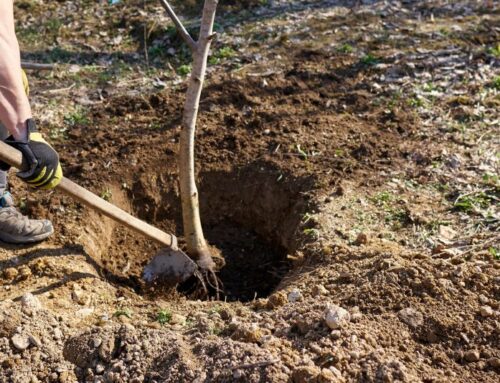With the weather finally cooling down and rains around the corner, fall is great tree planting time! And just like kids, young trees need a boost in the right direction to get them set for life. Use the tips below to make sure your new trees survive and flourish!

Do's
Use Natural Soil Amendment
Urban soils suck! With construction and traffic, our soils get compacted and depleted of nutrients. But don't reach for that bag of chemical fertilizers just yet! Unless your tree has severe, specific nutrient deficiencies, it's best to mimic Mother Nature with natural, slow-release soil amendments. Adding compost and retaining leaf litter are easy things anyone can do.
Our new tree Thrive treatment combines Biochar, Essential, and Mycopak to improve soil structure and nutrient levels. This includes carbon, amino acids, organic matter, and beneficial fungi, exactly what trees need and are used to in the forest.
|
|
Don'ts

Left: Tree planted too high, roots exposed. Right: Tree planted too low, root flare buried.
Plant Too High or Too Low
Trees rely on soil for support and absorption of water, minerals, and nutrients. So it makes sense that you shouldn't plant trees too high, or with their roots sticking out.
But planting too low is just as bad! Roots need to breathe in oxygen, just like people! Planting low not only suffocates roots, but is also increases chances for decay and disease. To prevent these issues, plant with the root flare and lower trunk above soil level.
|
|






